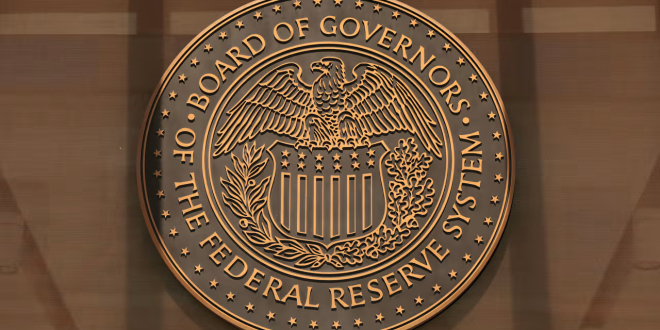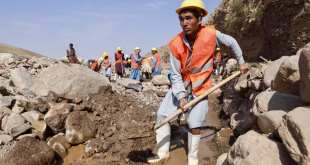KABUL — Afghanistan’s fragile economic recovery is at risk as foreign aid dwindles, the World Bank warned Wednesday, forecasting slower growth for 2025 and highlighting deepening humanitarian and fiscal challenges.
In a new report, the Bank said Afghanistan’s GDP grew by an estimated 2.5% in 2024 — driven by gains in agriculture, mining, and construction — but projected growth to slow to 2.2% in 2025 amid aid disruptions. A gradual rebound to 2.5% is expected by 2026–27.
While sectors of the economy show signs of resilience, the report stressed that the outlook remains grim without urgent reforms. “Domestic revenue mobilisation is insufficient to offset declining aid,” said World Bank country director Faris Hadad-Zervos.
Afghanistan remains the world’s second-worst humanitarian crisis, with one-third of the population — about 15 million people — facing hunger and nearly 25% of youth unemployed.
The report noted that the Taliban’s restrictions on women, described by the UN as “gender apartheid,” further undermine prospects for economic stability and inclusive growth. The Bank called for urgent investment in human capital and private sector support.
The crisis has been exacerbated by the U.S. slashing aid, previously a major funding source, making Afghanistan’s large trade deficit harder to manage as alternative funding sources remain scarce.
 Afghanistan Times
Afghanistan Times




